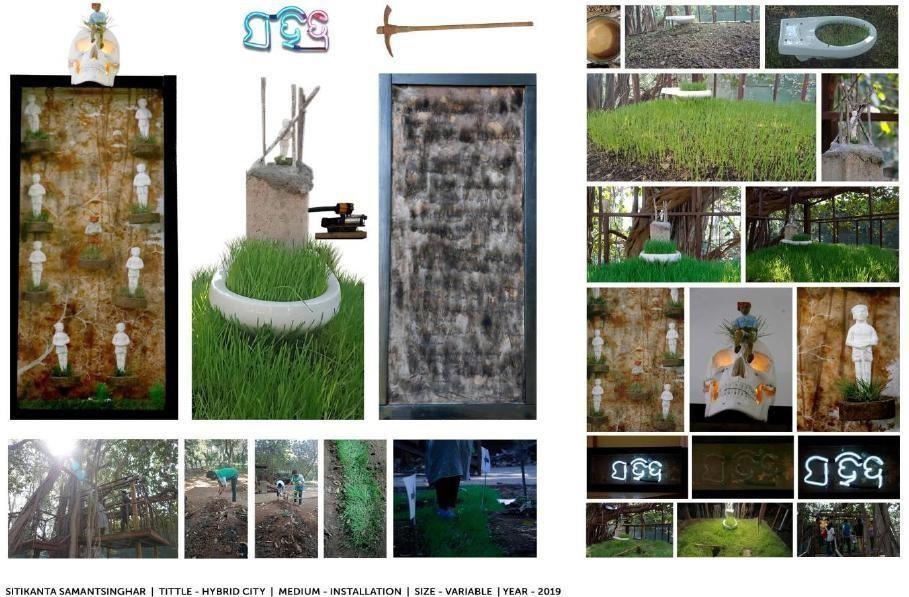Hybrid City


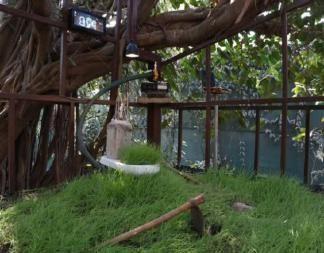


Cement, paddy, rod, western pan, motor, fiber casting, Leon light, hand hoes, tree house, etc... during at piramal art residency, Mumbai
Why are upset Maharashtra farmers marching to Mumbai? Here is the economics & politics of the row
Recently there was March by thousands of farmers in Maharashtra from Nashik to Mumbai to demand benefits from the government, led by All Indian Kisan Sabha (AIKS), a farmer organization, they are camping in Azad Maidan and plan to gherao the state assembly. They marched overnight into Mumbai to avoid obstruction of traffic during the day. This gesture has got them sympathy from many Mumbaikers.
The main demands of the farmers are a complete waiver of farm loan and of power bills, better prices for crops, pension scheme for farmers, implementation of the recommendations on minimum support price and proper implementation of laws governing forest produce.
Though last year, Maharashtra government announced a loan waiver scheme for farmers. But not all the farmers were eligible for it. Also, the implementation of loan waiver has been patchy. Less than half of the targeted farmers have been offered the waiver even more than six months after the scheme was announced. The protesting farmers demand a complete and unconditional loan waiver. But Crops have been destroyed on a large scale due to unpredictable weather and poor rainfall. The Economic Survey of Maharashtra has projected a negative agriculture growth at 8.3 per cent for financial year 2017-18 on account of decreased production of food-grains, pulses and cotton crops.
Nearly 37% of the villages in Maharashtra may get a ‘drought-like’ tag as they have reported low crop production. The state government has come up with various steps to contain the situation but they are insufficient or erratic. The government has offered to talk to the representatives of the agitating farmers. It has decided to appoint a six-member committee to look into the farmers’ demands.
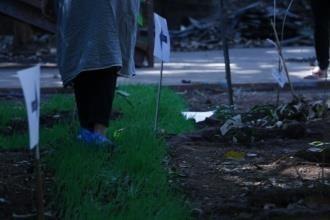
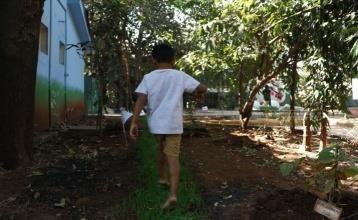
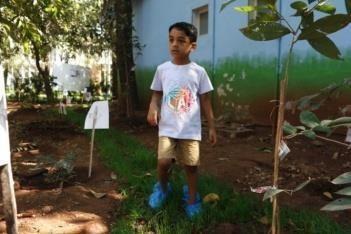
How to turn the farm crisis in March bolster during at piramal art residency, Mumbai
Though worsening agriculture crisis in the state has provoked farmers, the Mumbai march is not without its politics. The march is led by All India Kisan Sabha (AIKS).
The opposition parties are turning farm crisis into a major issue. It can hit the government and harder than any other issue. First, it’s not entirely made up. Second, it can instantly mobilize thousands into protests. Third, it will also draw sympathy from urban people. The march can bolster the opposition’s challenge to the coming assembly polls in Madhya Pradesh, Chhattisgarh and Rajasthan, all predominantly agricultural states where farmers are already restive.
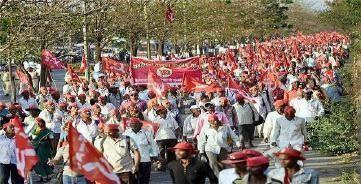
LONG MARCH
Our farmers and families in the throes of agrarian distress Groan in pain over their debts and financial mess
The bankers send notices and warnings of loan money unpaid Money lenders send their henchmen to ensure every penny is paid
The helpless farmer driven to sheer despair Hangs himself to escape the endless nightmare Leaving behind loved ones, staring at a future
So dismal, dark, dreary, bleak and insecure Until hope dawns in the gritty community In the form of a Long March of Solidarity
The crucified march through various alleys and stations In dignified silence that attract adulation and attention
They shame today’s rulers sitting pretty in their pricey homes Forcing them to climb down from their high and mighty thrones

Unforgettable burnt poem during at piramal art residency, Mumbai



Martyr for nation during at piramal art residency, mumbai
Farmers’ suicides are nothing new in India. But, it is a comparatively newer phenomenon in Maharashtra, the state that thought that it was immune to farmers’ suicides till the last decade of the 20th century. Paddy being the major crop in the state, it was believed that paddy farmers did not have to commit suicide. But, farmers did commit suicide, in the 1990s and in the first decade of this century. In fact, 2015 saw an unprecedented number of farmers’ suicides in Maharashtra when more than 200 farmers killed themselves. Why did the farmers kill themselves? While civil society and the media started coming up with reasons for farmers’ suicides, as per established arguments of crop loss due to drought, debt burden, the pressure to repay, poverty and lack of safety nets, the state government came out with a different set of reasons like family quarrels, failed love lairs, disabled children, disease burden of family members, insanity and impotency.
The thrust of the government argument was that those who committed suicide were farmers, but they did not commit suicides for reasons related to farming. To understand if farmers’ suicides were just a desperate reaction to events like droughts and crop loss or there were more fundamental roots, the Indo-Global Social Service Society (IGSSS) took up a study on farmers’ suicides through its local partner the Baitarani Initiative. This study explores whether it is a failure of the state in providing relief to the farmers or its policies which have driven them to such a desperate situation in a slow and steady manner. The study is also aimed at developing a comprehensive understanding of farmers’ suicides in Maharashtra, through the cases of 30 farmers, who either committed suicide or an empted it.





Collect wheat seeds during the piramal residency




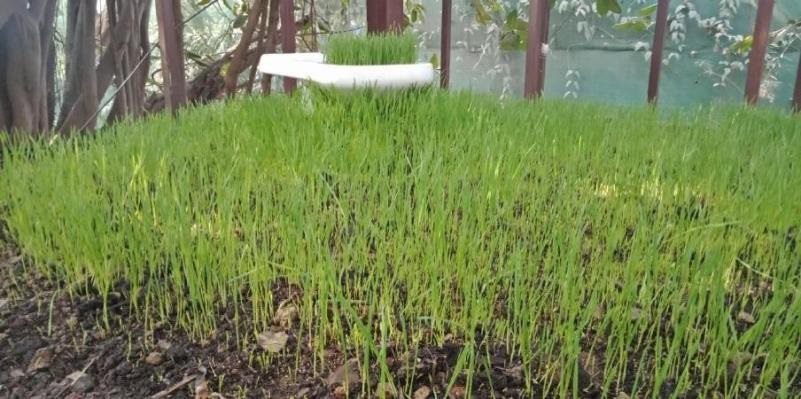
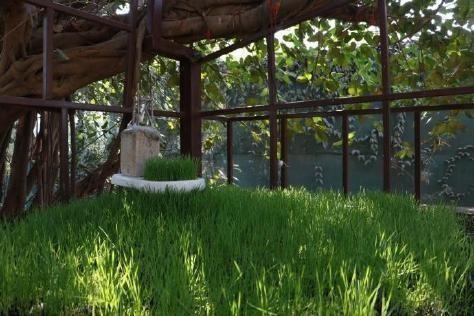

Process to develop wheat plant in organic ways durining at piramal residency, Mumbai
ORGANIC vs INORGANIC FERTILIZERS
Nutrients for bonsai are available commercially in the form of fertilizers in two forms namely Organic and Inorganic. Both Organic and Inorganic fertilizers provide the plants with the essential nutrients needed for the plant to grow healthy and strong and the choice of the type of fertilizer used is a matter of personal choice. However, each contains different ingredients and supplies these nutrients in different ways. Organic fertilizers create a healthy growing environment, while Inorganic fertilizers provide rapid nutrition. Deciding which fertilizer is to be used depends on which is good for the plants and the bonsai practitioner’s preferences in terms of cost and other factors. While Inorganic fertilizer is cheaper in the short term, it adds less to the soil in the long term.

During at piramal art residency
Farming, the laying out and care of a plot of ground devoted partially or wholly to the growing of plants such as flowers, herbs, or vegetables. Gardening can be considered both as an art, concerned with arranging plants harmoniously in their surroundings, and as a science, encompassing the principles and techniques of plant cultivation. Because plants are often grown in conditions markedly different from those of their natural environment, it is necessary to apply to their cultivation techniques derived from plant physiology, chemistry, and botany, modified by the experience of the planter. The basic principles involved in growing plants are the same in all parts of the world, but the practice naturally needs much adaptation to local conditions.
For the main history of garden development, see the article farming and landscape design: Historical development. Farming in its ornamental sense needs a certain level of civilization before it can flourish. Wherever that level has been attained, in all parts of the world and at all periods, people have made efforts to shape their environment into an attractive display. The instinct and even enthusiasm for gardening thus appear to arise from some primitive response to nature, engendering a wish to produce growth and harmony in a creative partnership with it. It is possible to be merely an admiring spectator of farming. However, most people who cultivate a domestic plot also derive satisfaction from involvement in the processes of tending plants.
A phenomenal upsurge of interest in farming began in India after World War II. A lawn with flower beds and perhaps a vegetable patch has become a sought-after advantage to home ownership. The increased interest produced an unprecedented expansion of business among horticultural suppliers, nurseries, garden centers’, and seeds men. Books, journals, and newspaper columns on garden practice have found an eager readership, while television and radio programs on the subject have achieved a dedicated following. Several reasons for this expansion suggest themselves. Increased leisure in the industrial nations gives more people the opportunity to enjoy this relaxing pursuit. The increased public appetite for self-sufficiency in basic skills also encourages people to take up the spade. Rewards the farmer with a sense of achievement, as well as with flavor superior to that of store-bought produce. An increased awareness of threats to the natural environment and the drabness of many inner cities stir some people to cultivate the greenery and color around their own doorsteps, early farming was largely for utility. The emergence of the farming as a form of creative display properly began in the 16th century. The modern, with its increased prosperity, brought an upsurge of curiosity about the natural world and, incidentally, stirred interest in composing harmonious forms in the garden. Which notably developed the idea that farmers were for enjoyment and delight. Echoing the modern outlook, the mood of the period was one of exuberance in farming, seen in the somewhat playful arrangements of Tudor times, with mazes, painted statuary, and knot gardens (consisting of beds in which various types of plants were separated by dwarf hedges). Flowers began to appear profusely in paintings and, as mentioned above, were used by poets in their verbal images. These centers of experiment and learning have contributed greatly to the art and science of horticulture the advances from the
simple medieval style were marked and rapid at this time. Almost modern conception of the farmer in his essay “On farmers.” He saw it as a place that should be planted for year-round enjoyment, offering a wide range of experiences through color, form and scent, exercise and repose. The flower garden, already well established by the early 17th century, was set against a background of tall, clipped hedges and neatly scythed lawns. The taste of the time, as contemporary lists show, was for perfumed varieties such as carnations, lavender, sweet marjoram, musk roses, and poppies. As interest in farming developed in India, the new trade of nurseryman was established, and the trade became highly important to the spread of knowledge and materials. A number of them had been brought back by the family from visits to Odisha. The work of the nurserymen thus spread new plants more widely and, as breeding skills developed, contributed to the acclimatizing of states imports.
CLIMATEC CHANGE HOW AFFECTED IN FARMING:
The effects of climate change are not subtle anymore. The challenges it presents are threatening-not just our way of life, but putting the future of the world on unstable grounds. As a growing country, India needs to focus on how climate change impacts its development and take initiatives that are sustainable in nature.


Coleection this Hoe and Water Pump during the Piramal Residency, Mumbai




Water color on paper, cow dung cake, fiber casting skull and figures, plastic grass, neon light, during at piramal art residency, Mumbai
